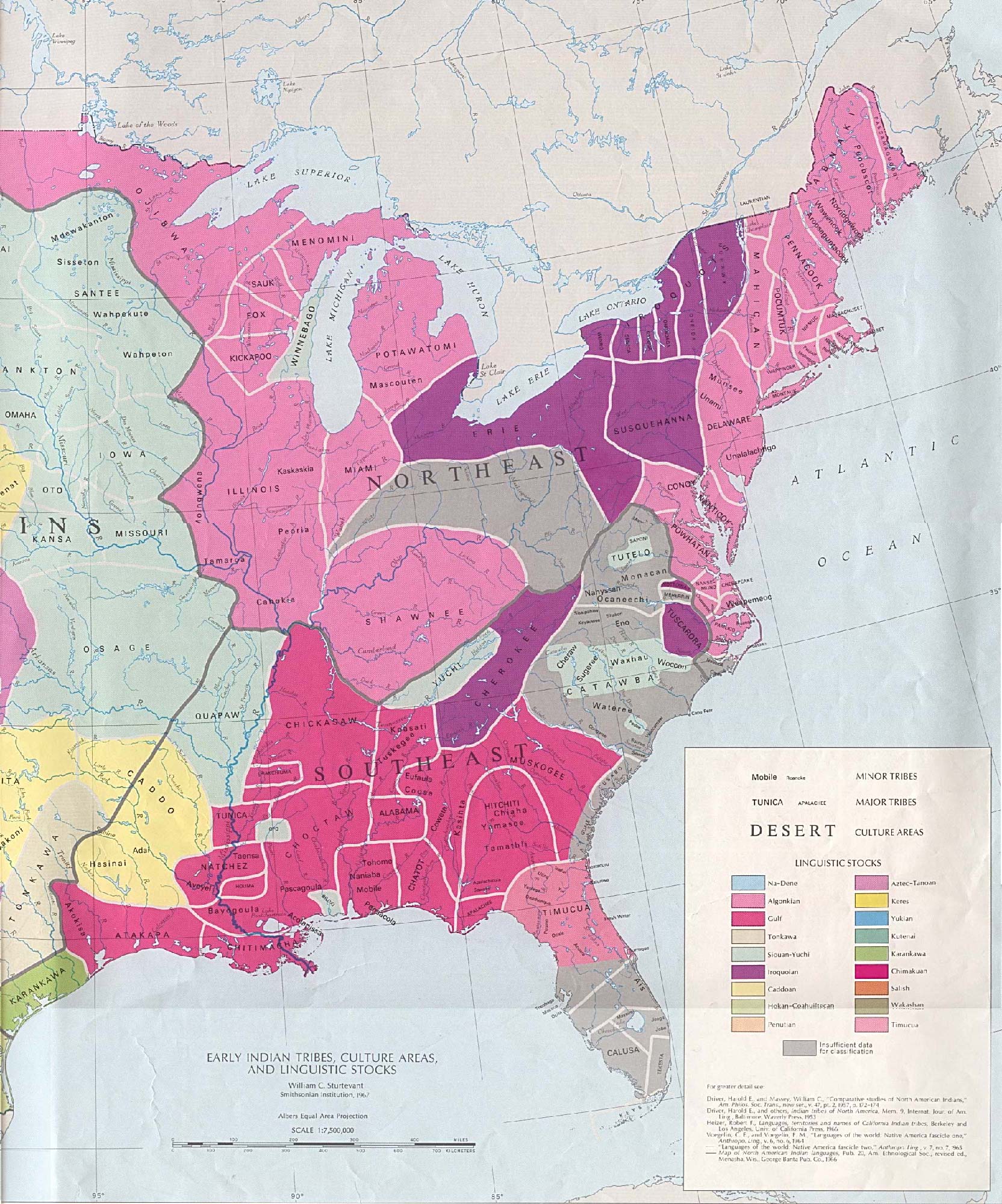The origins of the Sauk and Fox nation can be traced to the St. Lawrence Seaway in north eastern Canada. With the coming of the white man, coupled with invasions from the Hurons and other native tribes, however, they were forced to move to modern day Wisconsin. They settled in the village of Saukenak, meaning ‘River of the Rock.’ Here they built homes and planted fields of corn, beans, squash and pumpkins. They found the soil here rich and conducive to the growing of their crops. In this valley could be found a plentiful supply of game, with everything from deer and bison to small game. The streams were also teaming with fish and beaver.

When the Sauk first encountered the French in the mid 1600’s they numbered about 6,500 people. The Fox at the same time numbered about 5000 people. At this time, however, both tribes had endured inter tribal warfare for over a hundred years, as well as a number of epidemics. Today there are three Federally recognised Sauk and Fox tribes: the Sauk and Fox Tribe of the Mississippi number about 1,100. The Sauk and Fox Tribe of Missouri numbers about 400 and the Sauk and Fox Tribe of Indians (Oklahoma) has about 2,200 members.
The Fox became bitter enemies of the French. Even though the French were to enjoy peacable relations with all of the other Algonquin tribes, the Fox were antagonistic from their very first encounter. By about 1730 their numbers had been all but wiped out in fierce warfare with the French. Survivors joined with the Sauk and from then on they became the Sauk and Fox Nation.
To the north of their village of Saukenak the Sauk and Fox discovered a rich supply of lead. They were able to fashion this into ornaments. Before long, however, white traders had shown them how to mould lead balls into ideal ammunition for muskets, which they happily traded.
The women were the traditional tillers of the land. As such they had a weighty responsibility. Corn was the most important crop grown. It had an abundance of uses as well as providing it’s own seed for the next season’s planting. A good harvest of corn ensured the Sauk and Fox people that they would not have lean times.
Throughout the Summer period, from April to October, the Sauk and Fox people would live in their village and work the land. With winter came the time for the hunt. They would break camp and go to their winter quarters. The homes of the Sauk and Fox were large bark covered structures. They could be anything from forty to sixty feet in length. This building would house several families, each of which had it’s own cooking fire in the center of the lodge. Along the inner walls of the lodge were sleeping benches.
As with most native American peoples, the Sauk and Fox were deeply religious people. It was their belief that every individual person, animal or object had a guardian spirit who looked over it. Their was, however, a Great Spirit, to whom all owed their lives. To appease this Spirit fasting and cleansing rituals were regularly held. At the coming of manhood, a boy would embark on a quest for his personal guardian spirit, or manito. It was then that he would select his adult name. He would also begin gathering together the sacred objects that would go into the medicine bag.
The Sauk and Fox held regular tribal councils which were able to yield a large measure of authority. The chiefs were divided into three categories – civil, war and ceremonial. The position of civil chief was the only one that was hereditary. The other two were attained to by skill.
In 1832 the Sauk and Fox were united under the great chief Black Hawk. They fought a bitter struggle against the United States to retain their homeland at Saukenak. The Black Hawk War, however, greatly reduced the population of the people as men, women and children were slaughtered by the United States Army. Disease further decimated the people.
The Sauk and Fox culture has survived to be proudly passed to future generations. Today, on the reservation can be seen an awareness of the rich and sacred past of these native American peoples.
No comments:
Post a Comment